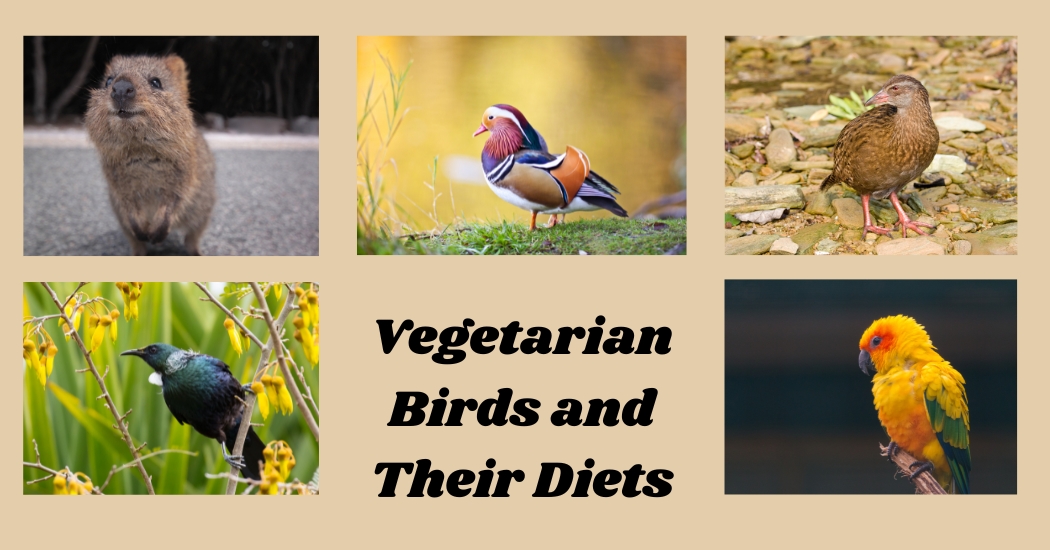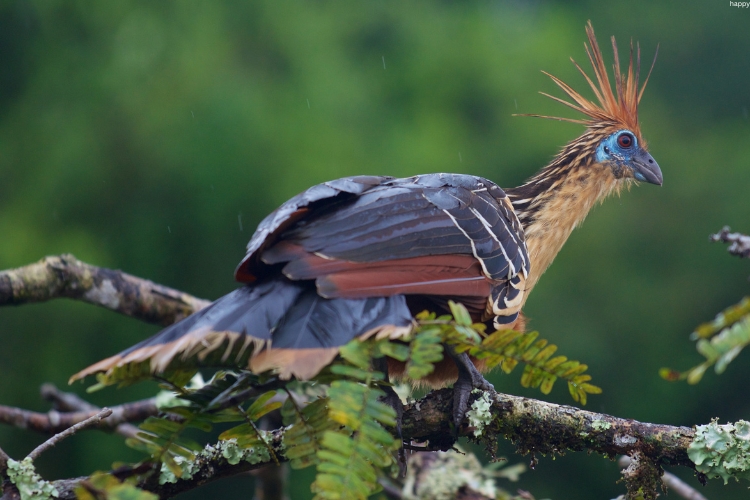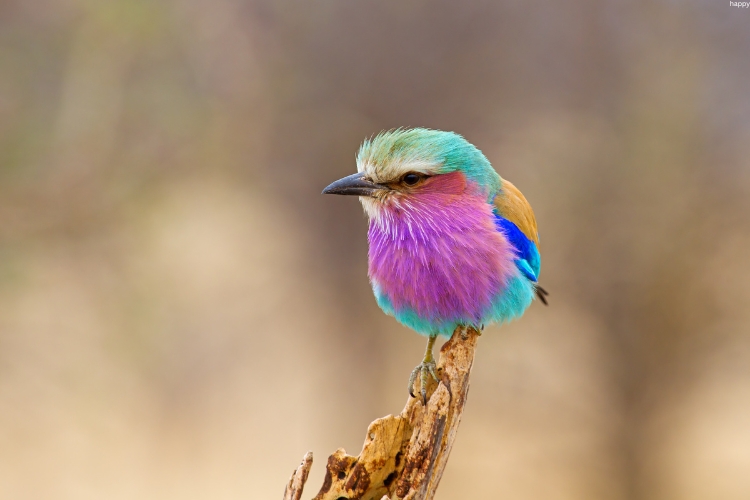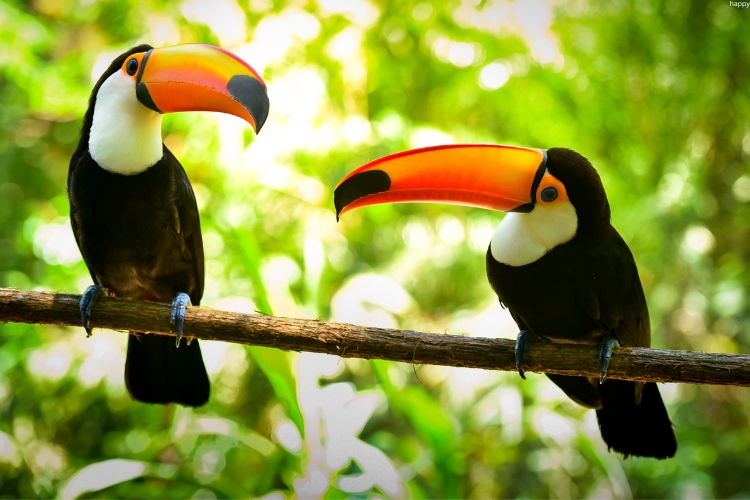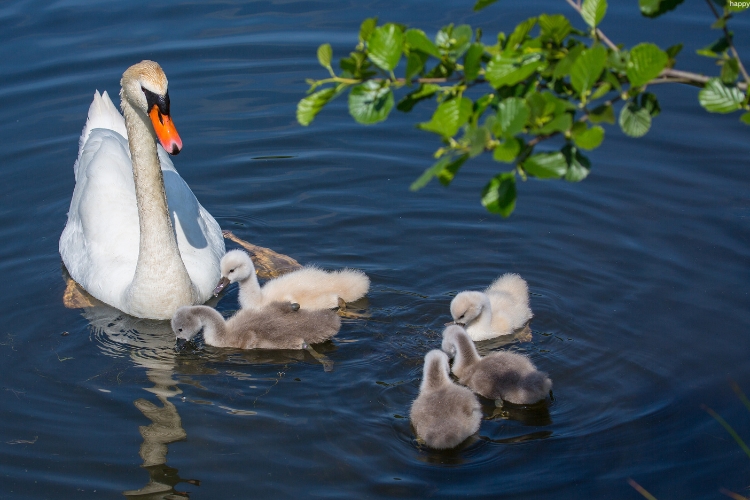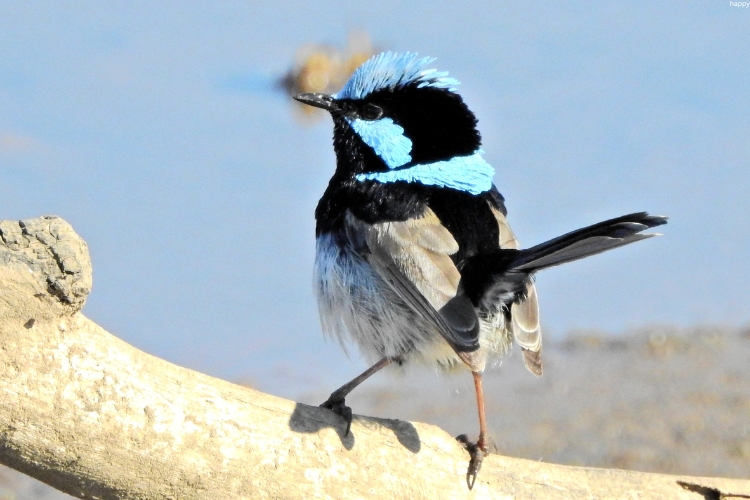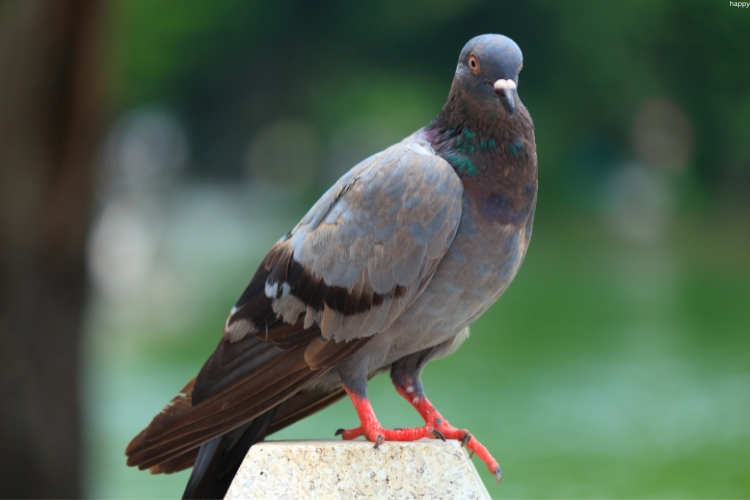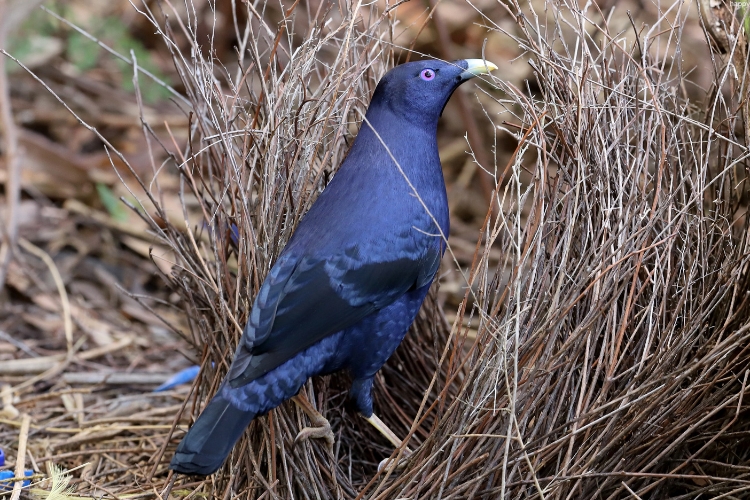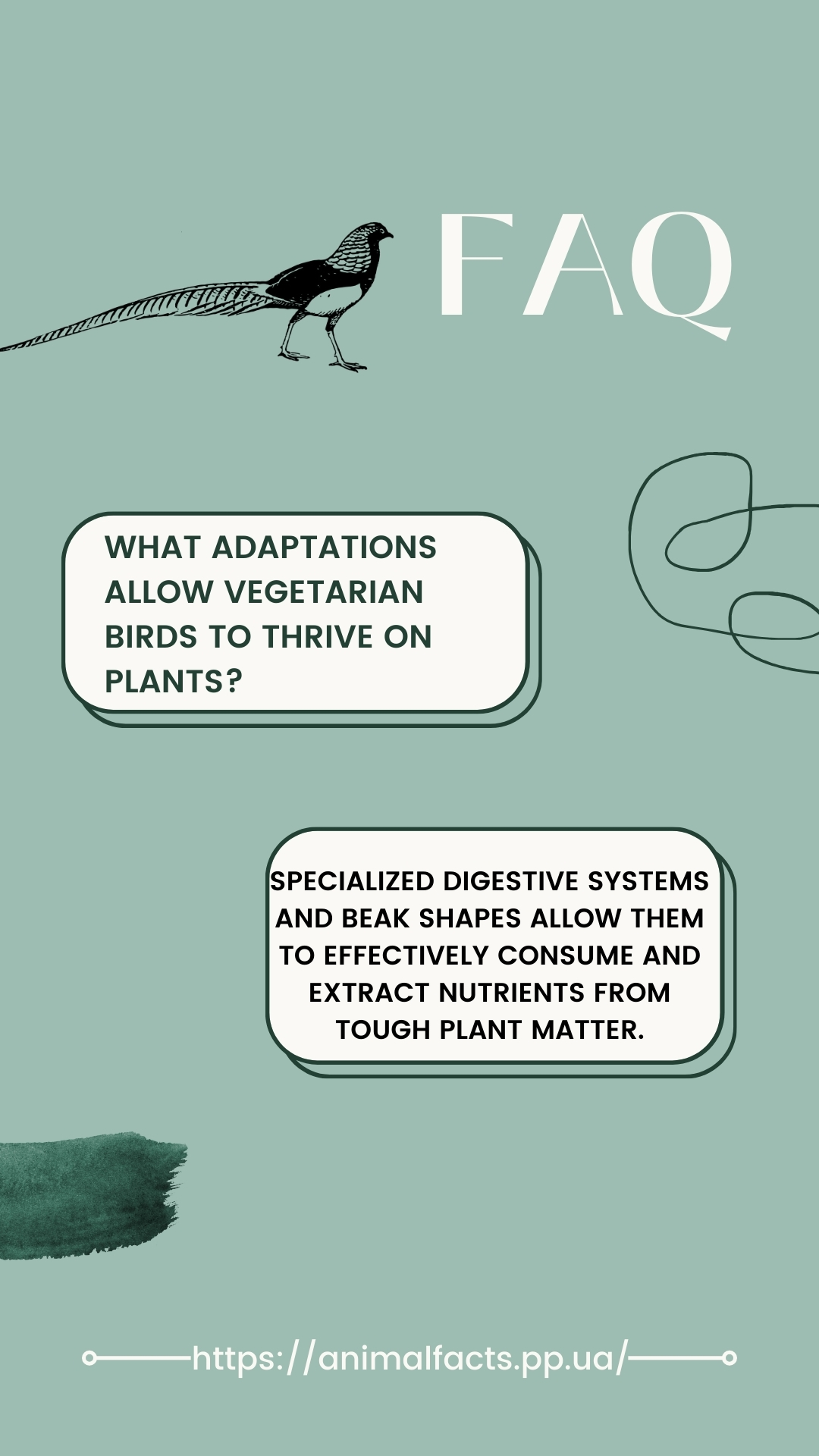While most birds are omnivores, the avian world is home to a surprising number of species that have adapted to thrive on exclusively vegetarian or predominantly plant-based diets.
From the specialized digestive systems of the Hoatzin to the fruit-foraging prowess of the Keel-billed Toucan, these unique vegetarian birds have evolved remarkable strategies to efficiently extract nutrients from leaves, fruits, seeds, and other vegetation.
In this blog post, we’ll explore 20 fascinating vegetarian bird species, delving into their plant-based diets, unique adaptations, and the important ecological roles they play.
We’ll also provide essential tips and considerations for caring for vegetarian birds, ensuring they receive the balanced, nutrient-rich sustenance they require to thrive.
Key Takeaways
- Surprisingly, there are a diverse array of bird species that have adapted to plant-based, vegetarian diets.
- These vegetarian birds play crucial ecological roles, such as seed dispersal, pollination, and maintaining the balance of their ecosystems.
- Providing a balanced, diverse plant-based diet is essential for the health and well-being of vegetarian bird species.
- Gradual introduction of new foods and monitoring for potential digestive issues are important considerations when transitioning a bird to a vegetarian diet.
- Understanding the unique dietary needs and adaptations of vegetarian birds is crucial for their effective care and conservation.
Can Birds Be Vegetarian?
While the vast majority of bird species are omnivores, feeding on a combination of plants and animals, there are a number of fascinating bird species that have adapted to a primarily vegetarian or even strictly plant-based diet.
These vegetarian birds have evolved unique digestive systems and foraging strategies to thrive on a diet of leaves, fruits, seeds, and other vegetation.
The reasons behind a bird’s vegetarian lifestyle can vary. Some species, like the Hoatzin of the Amazon basin, have developed specialized adaptations to break down and digest tough plant matter.
Others, such as the Kakapo of New Zealand, have simply come to rely on the abundant plant resources in their native habitats.
Regardless of the driving factors, these vegetarian birds play important roles in their ecosystems, contributing to seed dispersal, pollination, and the overall balance of their environments.
In this comprehensive guide, we’ll explore 20 remarkable vegetarian bird species, delving into their dietary preferences, unique adaptations, and the important ecological niches they occupy.
We’ll also discuss the considerations and best practices for feeding vegetarian birds in captivity, ensuring they receive the balanced, plant-based nutrition they require.
20 Fascinating Vegetarian Bird Species
1. Hoatzin (Opisthocomus hoazin)
- Native to the Amazon basin of South America
- Specializes in a diet of leaves, buds, and flowers
- Unique digestive system with a large, multi-chambered crop that allows it to break down tough plant matter
- Spends most of its time in the forest canopy, foraging for its plant-based meals
2. Kakapo (Strigops habroptilus)
- Critically endangered parrot species found only in New Zealand
- Primarily feeds on seeds, fruits, leaves, and flowers
- Adapted to a nocturnal, ground-dwelling lifestyle, relying on its plant-based diet
- Plays a crucial role in the regeneration of New Zealand’s native forests through seed dispersal
3. Keel-billed Toucan (Ramphastos sulfuratus)
- Brightly colored tropical bird native to Central America
- While omnivorous, the Keel-billed Toucan’s diet is heavily focused on fruits and berries
- Its large, serrated beak is perfectly suited for plucking and consuming a variety of ripe fruits
- Plays an important role in seed dispersal, helping to maintain the diversity of tropical forests
4. Lilac-breasted Roller (Coracias caudatus)
- Vibrant bird found in parts of Africa
- Feeds on a diverse array of plant-based foods, including fruits, seeds, and flowers
- Also supplements its diet with insects and small vertebrates, making it an omnivore
- Known for its distinctive roller-coaster flight patterns, which help it spot potential food sources
5. Spoon-billed Sandpiper (Calidris pygmaea)
- Critically endangered shorebird native to the coasts of Siberia
- Primarily feeds on seeds, aquatic plants, and small invertebrates
- Its unique, spoon-shaped bill is perfectly adapted for foraging in shallow waters and mud flats
- Faces numerous threats, including habitat loss and hunting, making conservation efforts crucial for this vegetarian species
6. Scarlet Macaw (Ara macao)
- Vibrant, large parrot found in the tropical forests of Central and South America
- Feeds on a variety of fruits, nuts, seeds, and flowers
- Its strong beak is well-suited for cracking open tough seed pods and fruit shells
- Plays a vital role in seed dispersal, helping to maintain the diversity of the rainforest ecosystem
7. Sun Parakeet (Aratinga solstitialis)
- Brightly colored parakeet native to northeastern Brazil
- Primarily herbivorous, feeding on seeds, fruits, flowers, and tender plant shoots
- Adapts well to living in close proximity to human settlements, often raiding agricultural crops
- Known for its social behavior and distinct vocalizations
8. Toco Toucan (Ramphastos toco)
- The largest species of toucan, found in parts of South America
- Omnivorous, but its diet is heavily focused on fruits, berries, and seeds
- Its massive, colorful beak is an adaptation for efficiently consuming a wide variety of plant-based foods
- Plays a crucial role in seed dispersal, helping to maintain the diversity of its rainforest habitat
9. Kiwi (Apteryx spp.)
- Flightless bird endemic to New Zealand
- Feeds primarily on a diet of fruits, flowers, seeds, and small invertebrates
- Its long, slender beak is perfectly suited for probing the soil and leaf litter in search of plant-based sustenance
- Plays an important role in the pollination and regeneration of New Zealand’s native forests
10. Emu (Dromaius novaehollandiae)
- Large, flightless bird native to Australia
- Omnivorous, but its diet is predominantly plant-based, consisting of seeds, fruits, and various vegetation
- Known for its powerful legs and ability to cover large distances in search of food
- Plays a role in seed dispersal and the maintenance of Australia’s diverse ecosystems
11. Mute Swan (Cygnus olor)
- Large, graceful water bird found in parts of Europe and Asia
- Feeds primarily on aquatic plants, including submerged vegetation, algae, and water lilies
- Its long, flexible neck and broad bill are adaptations for efficiently foraging in shallow waters
- Plays a role in the regulation of aquatic plant growth and nutrient cycling in wetland habitats
12. Mandarin Duck (Aix galericulata)
- Vibrant, ornamental duck species native to East Asia
- Omnivorous, but its diet is heavily focused on seeds, grains, fruits, and aquatic plants
- Its unique, multicolored plumage and distinctive crest make it a popular and recognizable waterfowl species
- Serves as an important seed disperser and contributes to the overall biodiversity of its wetland habitats
13. Golden Pheasant (Chrysolophus pictus)
- Brightly colored pheasant species native to the forests of central China
- Primarily feeds on a variety of seeds, grains, fruits, and tender plant shoots
- Its long, slender beak and strong legs are adapted for foraging on the forest floor
- Plays a role in seed dispersal and the maintenance of healthy forest ecosystems
14. Rosy-faced Lovebird (Agapornis roseicollis)
- Small parrot species native to southwestern Africa
- Feeds predominantly on seeds, fruits, and various types of vegetation
- Known for its vibrant plumage and social behavior, often seen in large flocks
- Adaptable to a variety of habitats, including urban areas where it may raid agricultural crops
15. Quokka (Setonix brachyurus)
- Small, marsupial mammal found in parts of Western Australia
- While not a bird, the Quokka is included in this list due to its unique, plant-based diet
- Feeds on a variety of grasses, herbs, leaves, and even the occasional flower or fruit
- Plays a role in the maintenance of its native shrubland and forest habitats
16. Superb Fairywren (Malurus cyaneus)
- Small, colorful songbird native to eastern and southern Australia
- Primarily feeds on insects and spiders, but also consumes a variety of seeds, fruits, and nectar
- Its agile foraging behavior and vibrant plumage make it a popular backyard bird
- Contributes to the pollination and seed dispersal of native plant species
17. Satin Bowerbird (Ptilonorhynchus violaceus)
- Striking, iridescent bird found in eastern Australia
- Omnivorous, but its diet is heavily focused on fruits, berries, and flowers
- Known for its elaborate courtship displays and the construction of intricate “bowers” to attract mates
- Plays a vital role in the dispersal of seeds and the pollination of various plant species
18. Resplendent Quetzal (Pharomachrus mocinno)
- Vibrant, long-tailed bird native to the cloud forests of Central America
- Feeds primarily on a variety of fruits, as well as some flowers and small invertebrates
- Its stunning plumage and unique appearance have made it a cultural icon in many Mesoamerican societies
- Serves as an important seed disperser, helping to maintain the biodiversity of its tropical forest habitat
19. Tui (Prosthemadera novaeseelandiae)
- Iridescent, honeyeater-like bird endemic to New Zealand
- Omnivorous, but its diet is heavily focused on nectar, fruits, and berries
- Plays a crucial role in the pollination and seed dispersal of many native plant species in New Zealand
- Known for its distinctive, melodic calls and playful, acrobatic behavior
20. Silvery Pigeon (Columba argentina)
- Endangered pigeon species found in the forests of Indonesia
- Feeds primarily on a variety of fruits, seeds, and other plant-based foods
- Its unique, silver-gray plumage and distinctive call make it a visually and audibly striking bird
- Conservation efforts are crucial to protecting this vegetarian species and its forest habitat
Tips for Feeding Vegetarian Birds
While the majority of pet birds are omnivores that can benefit from a varied diet of both plant-based and animal-based foods, there are some important considerations to keep in mind when caring for a vegetarian bird species:
1. Importance of a Balanced, Plant-Based Diet
Vegetarian birds require a carefully balanced diet that meets their nutritional needs. This often includes a variety of fresh fruits, vegetables, seeds, grains, and other plant-based foods.
It’s crucial to research the specific dietary requirements of the species you’re caring for and to consult with an avian veterinarian to ensure your bird is receiving all the necessary vitamins, minerals, and other essential nutrients.
2. Recommended Fruits and Vegetables
Some of the most recommended fruits and vegetables for vegetarian birds include:
| Fruits | Vegetables |
|---|---|
| Berries (blueberries, raspberries, etc.) | Dark, leafy greens (kale, spinach, collard greens) |
| Melon (watermelon, cantaloupe) | Sweet potatoes |
| Citrus fruits (oranges, grapefruit) | Carrots |
| Apples | Bell peppers |
| Bananas | Broccoli |
| Grapes | Peas |
Be sure to wash all produce thoroughly and avoid feeding any fruits or vegetables that may be toxic to birds.
3. Potential Risks and Considerations
When transitioning a bird to a vegetarian diet, it’s important to do so gradually to allow their digestive system to adapt. Sudden changes in diet can lead to gastrointestinal issues, such as diarrhea.
Further more, some vegetarian birds may require supplementation with specific vitamins or minerals to ensure their nutritional needs are met.
It’s also crucial to provide a varied diet and to monitor your bird’s weight and overall health. Some vegetarian birds may be prone to obesity if they have unlimited access to high-calorie plant-based foods.
Conclusion
The world of vegetarian birds is a fascinating one, showcasing the incredible adaptability and diversity of avian species.
From the specialized digestive systems of the Hoatzin to the fruit-foraging prowess of the Keel-billed Toucan, these plant-loving birds have evolved unique strategies to thrive on a predominantly vegetarian diet.
By understanding the dietary needs and ecological roles of these remarkable species, we can better appreciate the delicate balance of our natural world and the importance of conserving the habitats that support these vegetarian birds.
Whether admiring them in the wild or caring for them in captivity, these feathered plant-eaters remind us of the beauty and complexity of the avian world.

